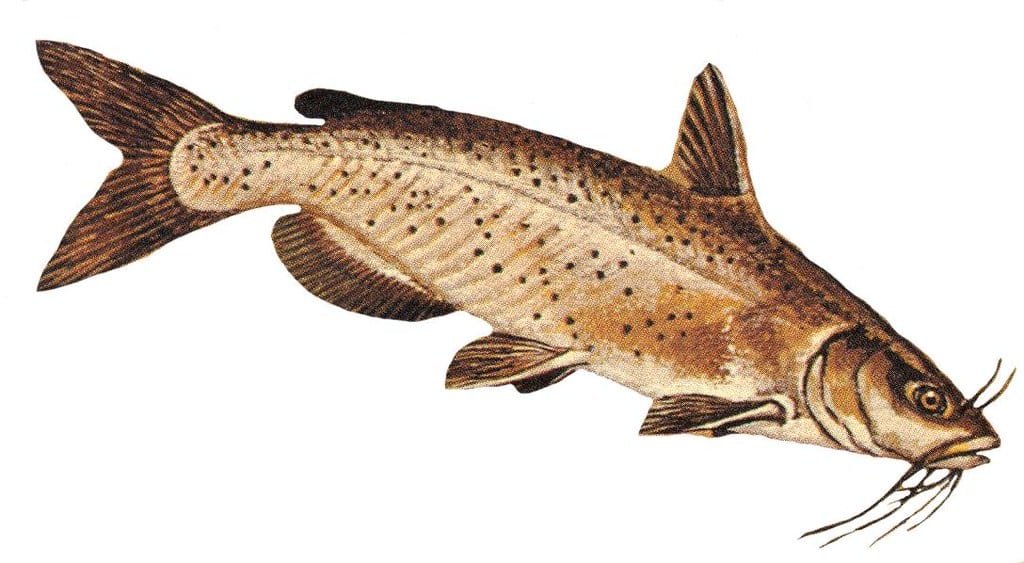Introduction to Bumblebee Catfish
Bumblebee catfish, scientifically known as Microglanis iheringi or Pseudomystus siamensis, are captivating freshwater fish popular among aquarium enthusiasts. Their striking yellow and black bands resemble a bumblebee, making them an attractive addition to any home aquarium. Originating from South America and Southeast Asia, these catfish are not only visually appealing but also relatively easy to care for, making them an ideal choice for both novice and experienced aquarists.
Natural Habitat
Understanding the natural habitat of bumblebee catfish is crucial for providing optimal care. In the wild, these fish are commonly found in slow-moving rivers and streams with sandy or muddy bottoms. The water is typically warm, slightly acidic to neutral, and well-oxygenated. The environment is rich in hiding spots like submerged roots, leaf litter, and rocks, which the catfish use for shelter and hunting.
To replicate this environment in a home aquarium, it’s essential to maintain similar water conditions and provide ample hiding places. Let’s delve deeper into creating the perfect habitat for your bumblebee catfish.
Aquarium Setup
Tank Size: Bumblebee catfish are relatively small, growing up to 3-4 inches in length. A 20-gallon tank is sufficient for a small group, but a larger tank is always beneficial for better water quality and more swimming space.
Substrate: Use a soft, sandy substrate to mimic their natural environment and prevent damage to their delicate barbels.
Hiding Spots: Include plenty of hiding places such as caves, driftwood, and dense vegetation. These not only provide security but also reduce stress and encourage natural behaviors.
Water Parameters:
- Temperature: 72-82°F (22-28°C)
- pH: 6.5-7.5
- Hardness: 2-12 dGH
Filtration and Aeration: A good filtration system is essential to maintain water quality. Ensure moderate water flow and adequate oxygenation, as these fish prefer well-oxygenated water.
Lighting: Moderate lighting is suitable for bumblebee catfish. Too much light can make them feel exposed, so consider adding floating plants to diffuse the light.
Feeding and Diet
Bumblebee catfish are omnivorous and have a varied diet in the wild, consisting of small invertebrates, insects, and plant matter. In an aquarium setting, it’s important to provide a balanced diet to keep them healthy and vibrant.
Food Types:
- Live Food: Bloodworms, brine shrimp, and daphnia are excellent choices.
- Frozen Food: Frozen variants of their live food, as well as mysis shrimp, are readily accepted.
- Dry Food: High-quality sinking pellets and tablets formulated for catfish can form the staple of their diet.
- Vegetables: Blanched vegetables like zucchini, cucumber, and spinach can be offered occasionally.
Feeding Frequency: Feed them once or twice daily, providing only as much food as they can consume in a few minutes. Remove any uneaten food to prevent water quality issues.
Behavior and Tank Mates
Bumblebee catfish are generally peaceful and nocturnal. They are most active during the night, spending the day hiding. This behavior should be considered when selecting tank mates.
Compatible Tank Mates:
- Small Peaceful Fish: Tetras, rasboras, and guppies.
- Other Catfish: Corydoras and other small, peaceful catfish species.
- Shrimp and Snails: Avoid large, aggressive shrimp that may harass the catfish.
Incompatible Tank Mates:
- Large Aggressive Fish: Cichlids and other aggressive species.
- Fin Nippers: Fish that may nip at the catfish’s fins, such as tiger barbs.
Breeding Bumblebee Catfish
Breeding bumblebee catfish in captivity can be challenging due to their specific requirements. However, with the right conditions and patience, it is possible.
Sexing: It is difficult to differentiate between males and females based on appearance alone. Males are generally slimmer, while females may appear more rounded, especially when full of eggs.
Breeding Setup:
- Separate Tank: Set up a separate breeding tank with similar water parameters.
- Spawning Sites: Provide plenty of hiding spots and spawning sites like PVC pipes and caves.
- Conditioning: Feed them a high-protein diet of live and frozen foods to condition them for breeding.
Breeding Process: After conditioning, observe the fish for signs of spawning behavior. The female will lay eggs in a hidden spot, which the male will then fertilize. Remove the adults after spawning to prevent them from eating the eggs.
Egg Care: The eggs will hatch in about 3-5 days. Feed the fry with infusoria or commercially available fry food until they are large enough to accept larger foods.
Common Health Issues
Bumblebee catfish are generally hardy, but like all aquarium fish, they are susceptible to certain health issues. Regular observation and maintaining good water quality can prevent most problems.
Common Diseases:
- Ich: Characterized by white spots on the body and fins. Treat with increased temperature and ich medication.
- Fin Rot: Caused by poor water quality. Improve water conditions and treat with antibiotics if necessary.
- Parasites: Internal and external parasites can be treated with appropriate medications.
Preventive Measures:
- Quarantine New Fish: Always quarantine new fish for at least two weeks before adding them to the main tank.
- Regular Water Changes: Perform regular water changes to maintain water quality.
- Balanced Diet: Provide a varied and balanced diet to boost the fish’s immune system.
Conclusion
Bumblebee catfish are a delightful addition to any freshwater aquarium. Their striking appearance, peaceful nature, and manageable care requirements make them a favorite among aquarists. By replicating their natural habitat, providing a balanced diet, and ensuring compatible tank mates, you can enjoy the presence of these fascinating fish in your home aquarium. Remember, the key to a healthy and thriving bumblebee catfish is a well-maintained environment and attentive care.
Discover more from EMMOCEB
Subscribe to get the latest posts sent to your email.






